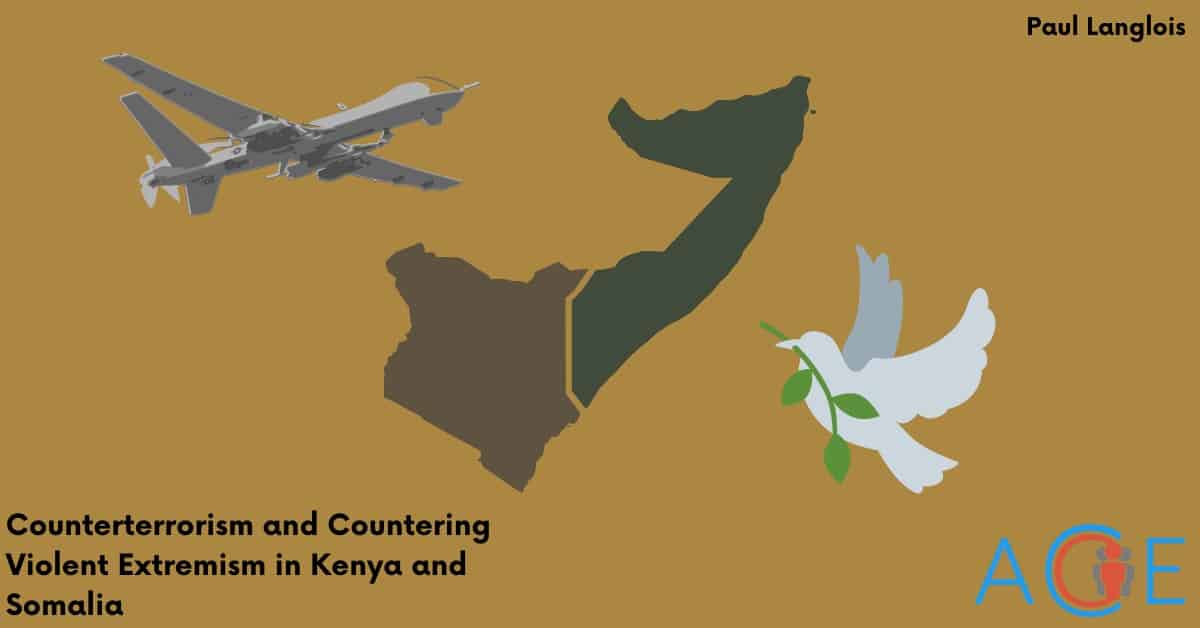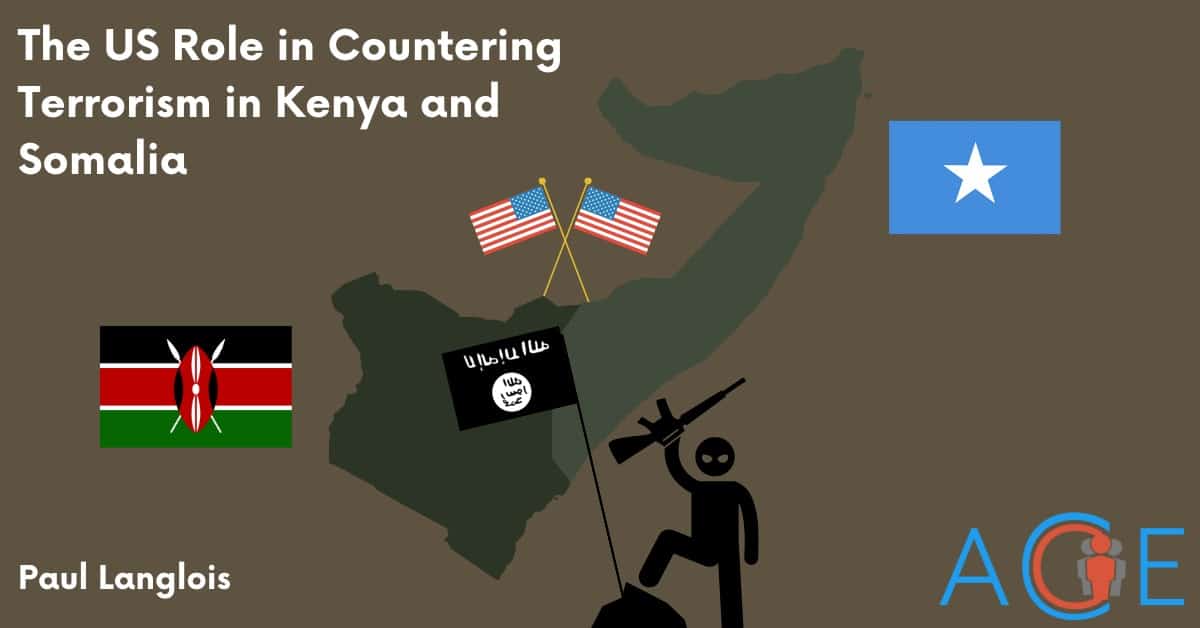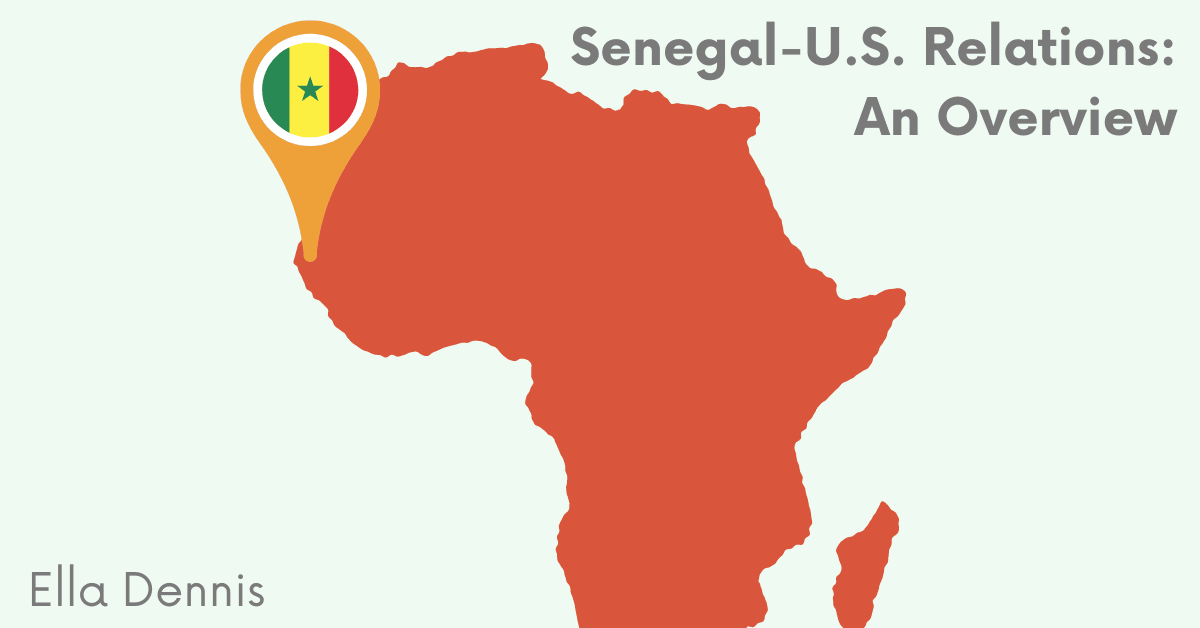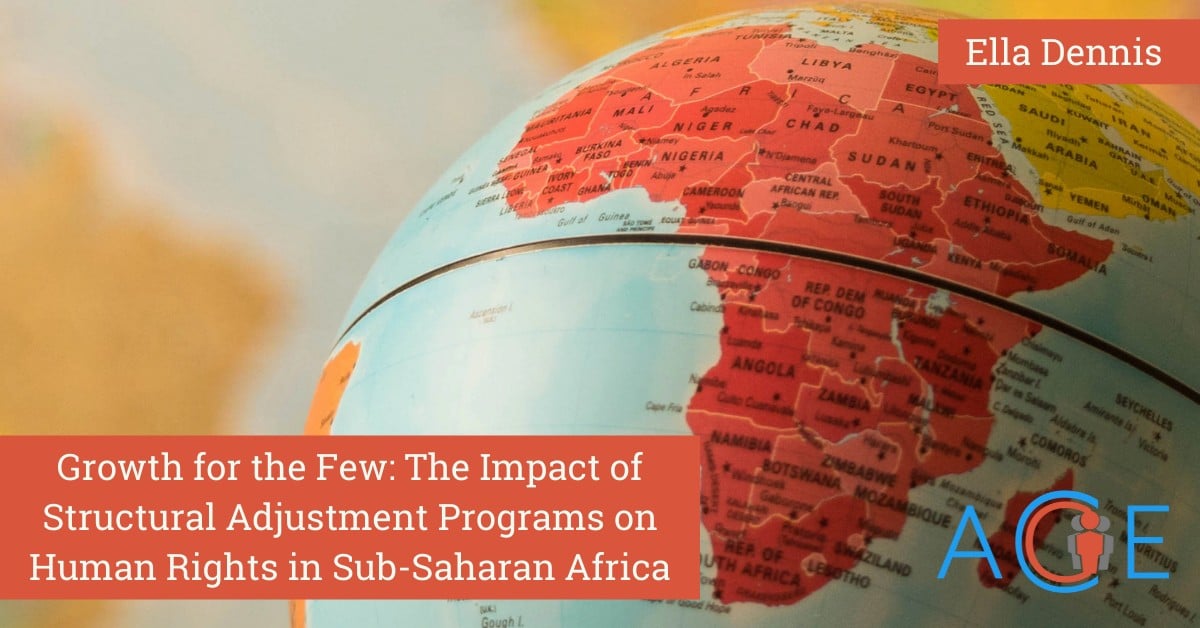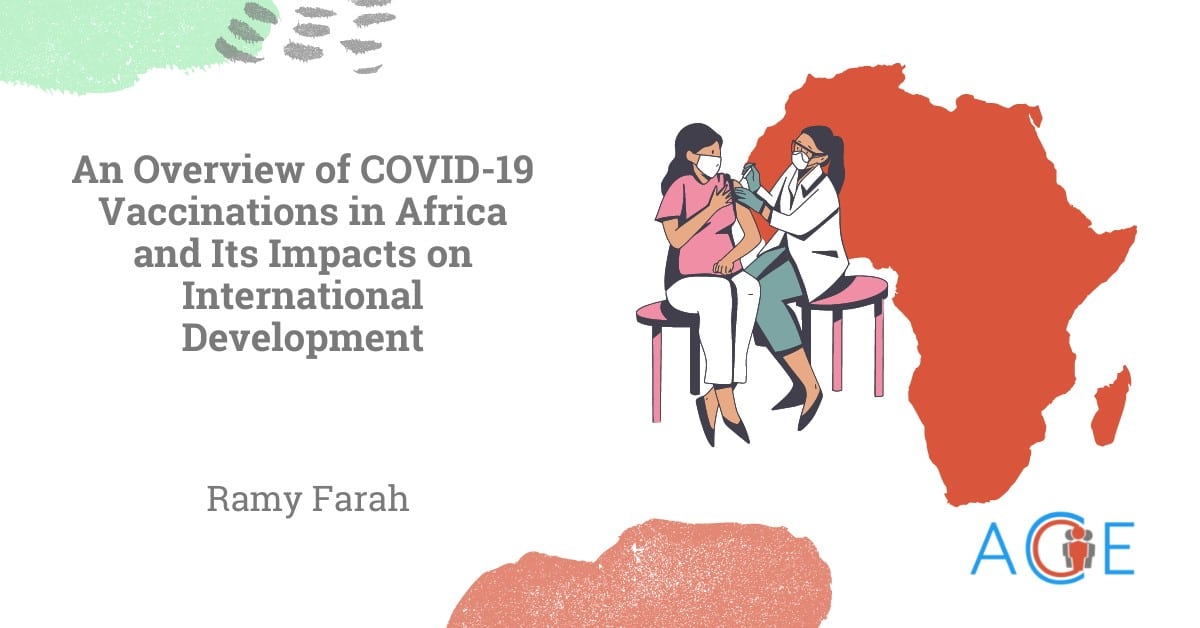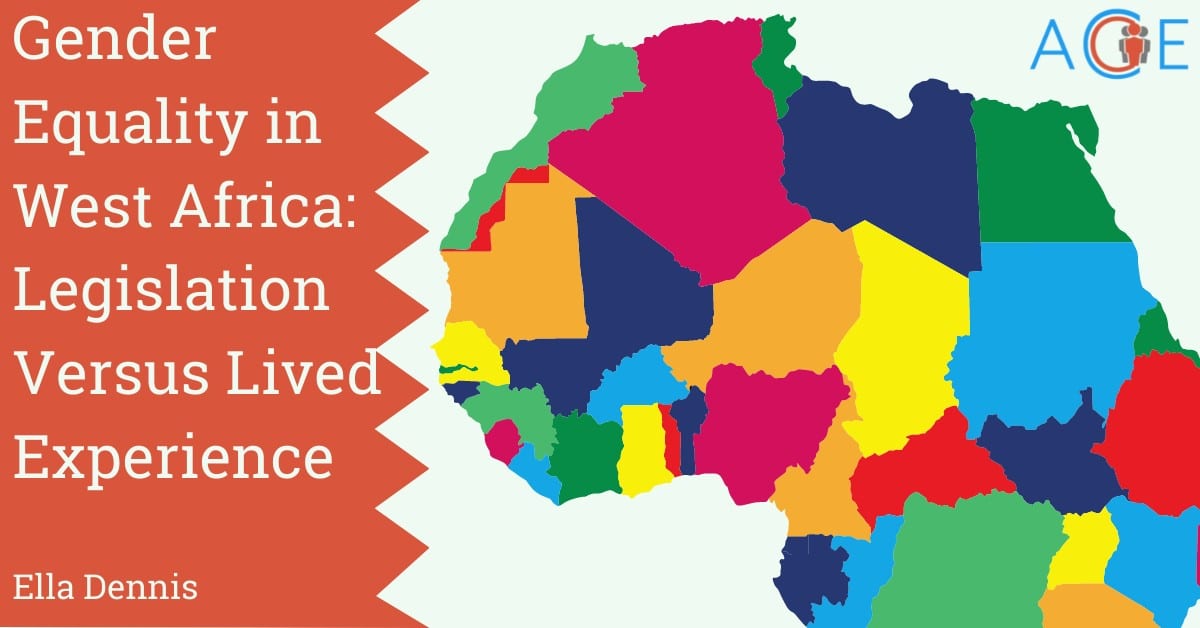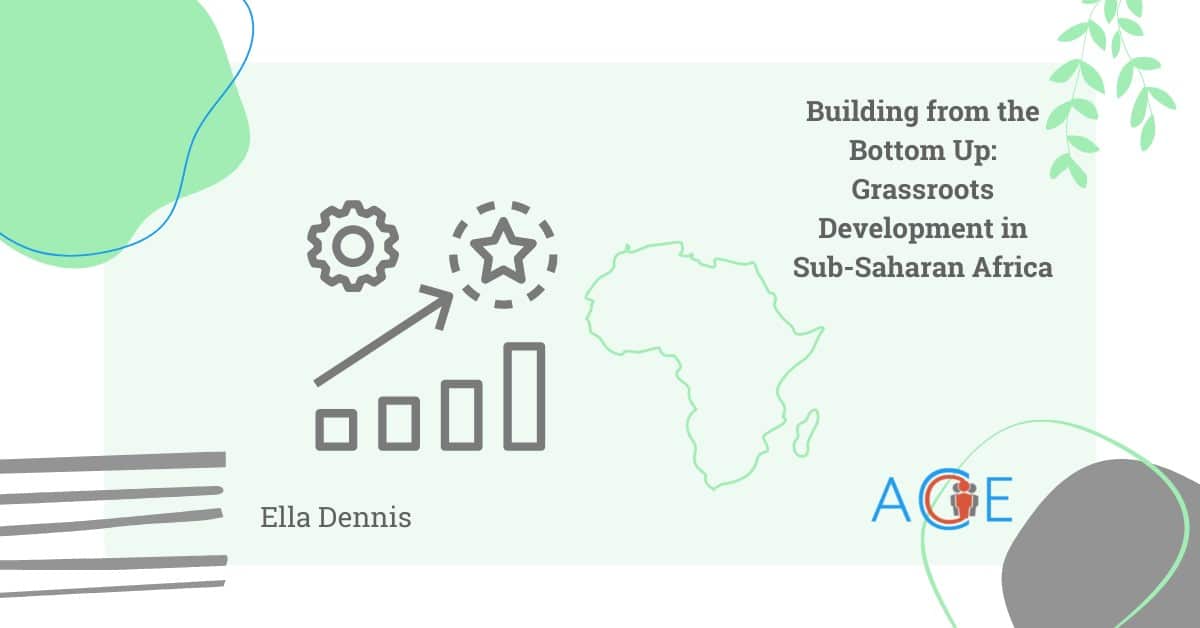Introduction
The United States has been diplomatically engaged with Kenya since 1964, and with Somalia since 1960. Substantial amounts of aid have accompanied diplomatic relations, including development, monetary and military aid. In later decades, particularly since the 1998 bombings of the US Embassies in Tanzania and Kenya, these aid types have made up a significant part of the US response to terrorism in the region. Two semi-distinct approaches to terrorism have emerged: countering violent extremism (CVE) and counterterrorism (CT). The two are used to address terrorism in different ways, including through actions taken against terrorism’s immediate and proximate causes. US attention to these issues became more comprehensive during the Global War on Terror in response the attacks on September 11th, 2001.
Counterterrorism
The Department of Defense defines terrorism as “[t]he unlawful use of violence or threat of violence, often motivated by religious, political, or other ideological beliefs, to instill fear and coerce governments or societies in pursuit of goals that are usually political.” Counterterrorism, in turn, is the neutralization of the ability of terrorists and their organizations to perpetrate this kind of violence. This neutralization is primarily accomplished through military operations, law enforcement activity, and the prevention of terrorism through the strengthening of these capabilities.
The United States has had and currently has numerous counterterrorist programs in both Kenya and Somalia, spanning a wide breadth of approaches. Numerous government agencies are responsible for these programs, including the Department of Defense, Federal Bureau of Investigation, and Department of State. These programs address the threat of terrorism through kinetic action, law enforcement and investigation, and conventional security programs.
Kinetic action involves active forms of warfare, which the US has used in Somalia since 1992. Between 2001 and 2011 the US, through the Department of Defense, used ground raids and traditional airstrikes to find and neutralize elements of Al-Shabaab and Al-Qaeda. Starting on June 23, 2011, counterterrorism efforts in Somalia included the extensive use of drone strikes. These strikes have resulted in an estimated 1,729 deaths as of June 3, 2022. Of these deaths, 1,589 are estimated to be militants with either Al-Shabaab, Al-Qaeda, or ISIS. The strikes occur in areas of high Al-Shabaab activity, such as in the southern part of the country. Training camps for terrorist organizations are preferred targets for strikes, as they represent large gatherings of individual terrorists often located some distance from major civilian population centers. These strikes deny terror organizations manpower and cripple their leadership, resulting in hampered capability to carry out violence.
The Federal Bureau of Investigation handles investigations into terrorist activity against US assests in the region, most notably in the aftermath of the bombings of the US embassies in Kenya and Tanzania. Its investigation was, at the time, the largest conduct in the history of the bureau, drawing on over 900 agents and many more supporting staff. The investigations in Kenya and Tanzania set a precedent for a greater overseas presence for the FBI, bettering the organization’s ability to counter the threat posed by terror groups. Additionally, the cooperation between US law enforcement and law enforcement in Kenya was demonstrated to be strong and yielded arrests, extraditions and prosecutions.
The Department of State aids in augmenting the ability of local forces to respond to terror attacks. An internal component called the Diplomatic Security Service trains and helps equip local teams of police officers, from both regular forces and from the Special Program for Embassy Augmentation and Response (SPEAR). Both of these units were tested during the attack on the DusitD2 hotel in Nairobi on January 15, 2019. Members of the SPEAR team engaged and dispatched at least two of the attackers. The following explosive sweeps of the compound were then accomplished by bomb squads equiped by the Anti-Terrorism Assistance program (ATA). The SPEAR program and ATA program have been implemented in countries across Africa, aiding response to terror activity and increasing international cooperation through joint training excersises.
Countering Violent Extremism
Countering violent extremism (CVE) policy approaches the problem of terrorism by addressing its driving factors. The United States Agency for International Development is the primary US agency responsible for this kind of program, and has active programs in Kenya. Its stated goals for CVE policies are to reduce the risk of recruitment into and support for terrorist organizations, as well as building local capacity to do the same.
USAID’s program Kenya NiWajibu Wetu (NIWETU), translated from Kiswahili to Kenya is Our Responsibility, was an effort to engage local officials and individuals to build capacity to prevent violent extremism. One of the program’s key actions was its support and funding of an expansion of the Kenya School of Government to build curriculum teaching CVE policy to civil servants in Kenya’s administrative bureaucracy. The cooperation and willingness of the Kenyan Government to engage with and support this policy has been key to its success, and will result in civil servants taking their knowledge to postings in departments across the country. In addition to education initiatives, NIWETU has worked with Kenya’s National Counter Terrorism Center and county level authorities to create county-level CVE action plans for creating solutions at a more local level. These plans were developed with the assistance of various groups of local stakeholders, including religious and youth leaders, government and security officials, private sector representatives and women’s groups.
Other USAID programs aim to address driving factors of violent extremism directly, through creating programming that offers alternatives to recruitment by violent extremist organizations. The Agile and Harmonized Assistance for Devolved Institutions program provided assistance to county governments in bettering access to social services for youth and vulnerable groups. Another program, the Kenya Youth Employment and Skills program, aimed to address lack of access to economic opportunities and help youth register for ID cards that prove Kenyan citizenship.
Benefits and Drawbacks
The strengths of counterterrorism activities lie in their ability to address the immediate effects of terrorist violence, as well as acting against terrorist organizations. CT programming improves the ability of host nations to respond to terror attacks as they occur, and improves their ability to proscute liable individuals in the aftermath. They allow for the destruction of assets utilized by terrorist organizations, and allow military assests to hunt and destroy individual terrorists. These policies are not without their drawbacks, Counterterrorism programming can result in locals becoming discontented with the United States. In Kenya, some locals blame the United States for discouraging tourism, and even for causing an uptick in terrorist violence by the American presence. Counterterrorism programming does not address the roots of terrorism itself, and so remain necessary so long as the ideology remains rooted among at-risk communities.
Countering violent extremism targets the roots of terrorism by attempting to build stability among communities and create lasting solutions from within countries. As Kenya works to build its own robust CVE capabilities, US support to their efforts has helped to advance and improve the quality of their CVE policies as well as the implementation of CVE at the local level. US-Kenya cooperation has been dependent upon political, security, and diplomatic good will on both sides; effective cooperation will require continued good will. For both the United States and Kenya, CT has been the main budgetary focus of both governments; CVE receives substantially fewer resources. USAID handles US CVE efforts, and has a budget for 2023 of $60.4 billion, of which CVE makes up a very small percentage. CT efforts, on the other hand, received $96 billion across various agencies in 2017.
